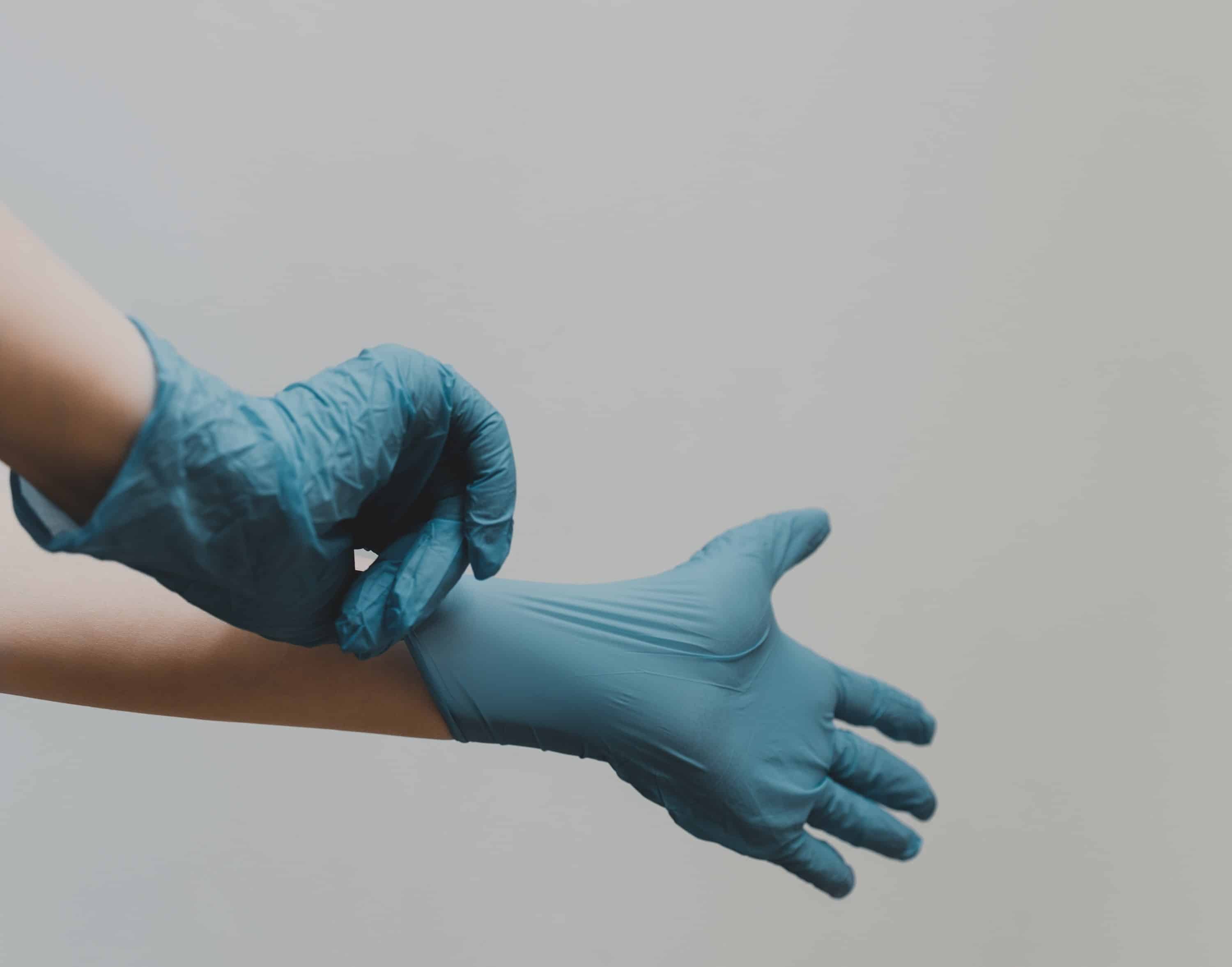
Among the numerous challenges encountered by the pharmaceutical industry in the last few decades, COVID-19 has been one of the most challenging. The sudden emergence of an unknown virus and subsequent viral mutants pushed vaccines to their limits.
The DZIF scientist and bioinformatician Andreas Dräger from the University of Tübingen is working on a computer-based method that can help to accelerate the time-consuming identification and development of antiviral agents. Using a novel analysis technique that applies to any virus and host cell type, the research team has created a model to detect additional host cell targets that allow inhibiting SARS-CoV-2 replication, said the university in a press release.
“Efficient pandemic preparedness requires new, broadly effective antiviral drugs against which the viruses cannot quickly develop resistance,” explains Andreas Dräger, junior professor at the University of Tübingen and member of the Tübingen Cluster of Excellence “Controlling Microbes to Fight Infections – CMFI”. “But drug development takes too much precious time, which is urgently needed in an emergency.”
Dräger wants to combat the loss of time using a computer modeling technique. In 2021, researchers identified a human enzyme named guanylate kinase 1, which accelerates virus multiplication and can be blocked without causing cell damage. “Through an improved analysis technique, we can now specifically model viral infection in many different types of tissue,” explains Nantia Leonidou, first author of the current study.
Apart from guanylate kinase 1, the model has identified new biochemical targets with remarkable antiviral effects. One of those targets has shown remarkable results where viral growth was restricted up to 62 percent without affecting the maintenance of the human host cells. Both target molecules are closely linked to the structure of genetic material, which requires the same building blocks in both the virus and the host cells. The researchers believe these findings to will prove beneficial in accelerating the development of viral inhibitors.
“Our models could represent a paradigm shift in drug development and accelerate the preclinical phase,” emphasized Nantia Leonidou. “The methods are fully transferable to any virus and host cell type and are also commercially viable.”
Dräger’s group now plans to implement their biological advancement on other viruses. The first inhibitors for their discovered enzymes will be tested in animal models for safety, toxicity, and efficacy.
Selected for you!
Innovation Origins is the European platform for innovation news. In addition to the many reports from our own editors in 15 European countries, we select the most important press releases from reliable sources. This way you can stay up to date on what is happening in the world of innovation. Are you or do you know an organization that should not be missing from our list of selected sources? Then report to our editorial team.






